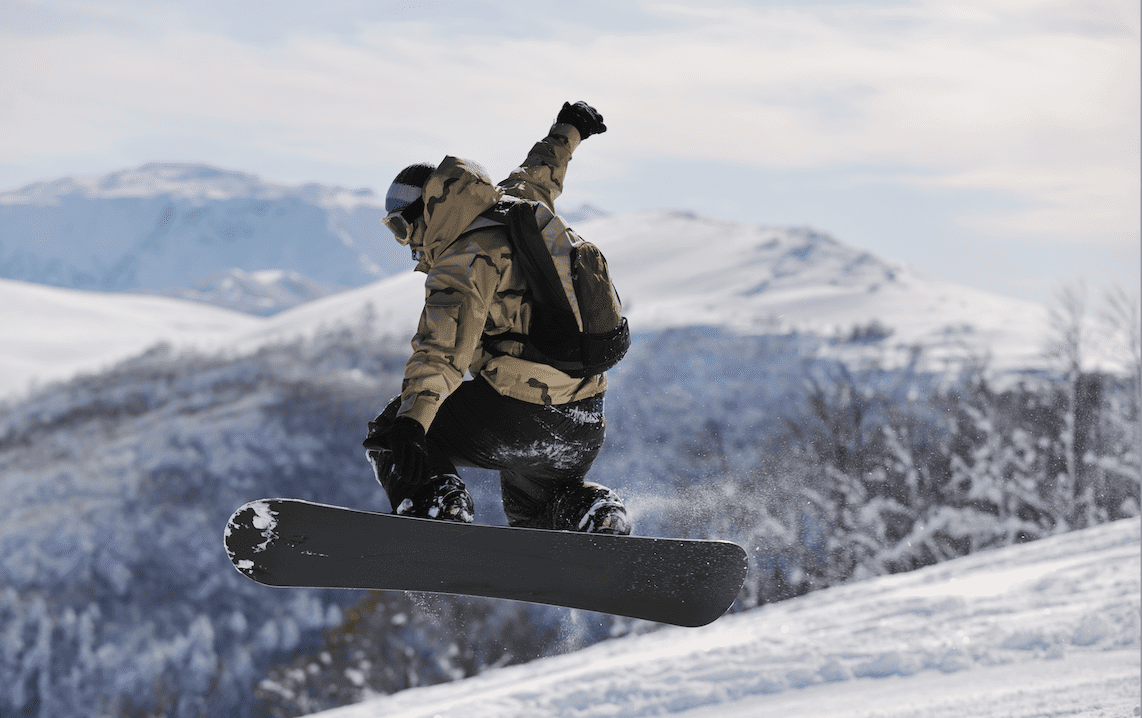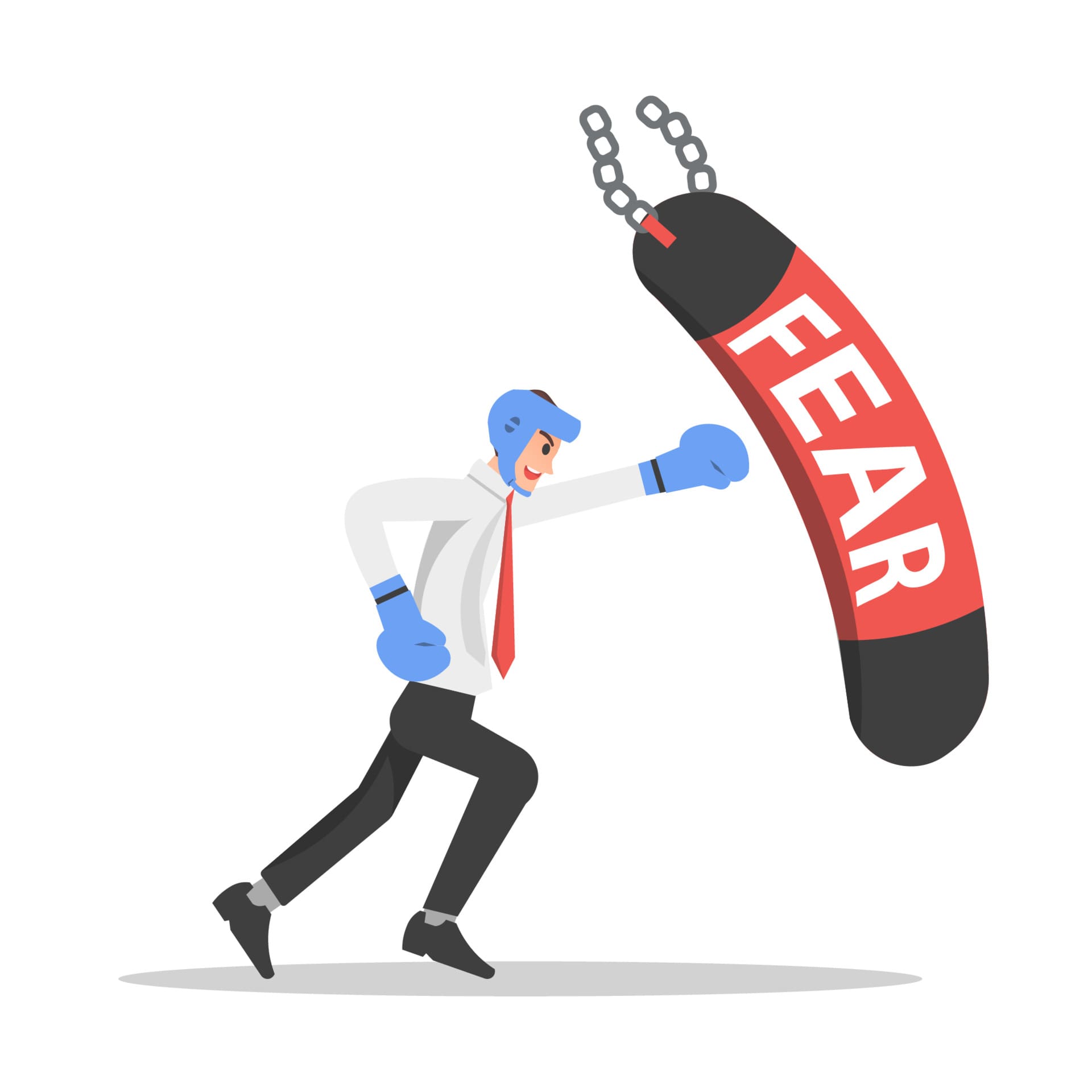Just send it: How Snowboarding and Stock Trading are Alike
Just send it: How Snowboarding and Stock Trading are Alike
By Katie Gomez
I went snowboarding for the first time and realized all the similarities between the mentality and psychology of snowboarding and stock trading. While I’ve written past articles on the similarities between basketball, golf, yoga, and more, but this one might take the cake. For all my adrenaline junkies out there who chase the thrill of the mountain, you can fulfill that rush of risk from the comfort of your own home; because while trading might be the physically safer option, the risky nature of the stock market can challenge that of any black diamond.
Starting from scratch

It is a frustrating feat to learn a new skill as an adult. As kids, our brains absorb a multitude of information daily. However, as an adult with a full-time job, a larger ego, and a significantly more developed prefrontal cortex, it is much harder to find the time, patience, and stamina to learn a new skill, let alone succeed. As humans, we innately crave the comfortable and familiar, so we tend to stick to what we know to feel at ease in the complexities of life, but humans also crave growth and expansion, and change is what gets us there. No matter what skill you are attempting to master, remember that we all started somewhere to get where we are now.
As an amateur stock trader, I have experienced my fair share of ups and downs, comparing myself to others my age, the media, experienced traders I’ve come to work with, and people I’ve never met on social media. However, continuing to stick with it has allowed me to grow more confident.
The Thrill of the Risk
The adrenaline rush is the most common appeal to skiing/snowboarding and stock trading. The excitement and risk on the mountain and in the market evoke a hunger hard to tame once exposed. Our bodies produce a chemical, natural high from taking on activities like these. Thrill-seekers actively pursue experiences that provide a sense of excitement, novelty, and risk, thriving off the feeling of pushing themselves to their limits. Both activities allow thrill-seekers to step outside their comfort zones, test their abilities, and experience the satisfaction of conquering their fears and achieving their goals.

As you stand at the top of a steep run, your heart pounds with anticipation, and your body tingles with excitement. The moment you push off and begin your descent, the world around you blurs, and you become fully immersed in the present moment. The rush of cold air against your face, the sound of your board or skis carving through the snow, and the exhilaration of challenging terrain all contribute to an intense sensory experience that floods your body with adrenaline.
Similarly, stock trading can evoke a powerful sense of excitement and risk.
The fast-paced nature of the market, with prices constantly fluctuating and opportunities emerging and disappearing in mere seconds, creates an electrifying atmosphere. The potential for significant financial gains or losses adds to the thrill, as each trade carries an element of uncertainty. The adrenaline rush experienced when executing a trade, watching the market move in your favor, or successfully navigating through volatile conditions can be just as intense as the physical sensation of speeding down a mountain.
Overcoming Fear and Embracing Uncertainty
In my first encounter with the mountain, I found the fear and failure just as prominent as in my first trade—that pit-in-the-stomach, anxious, frozen feeling that everybody has experienced doing something new at least once. Whether it’s the moment before you hurl your body down a steep mountain with your feet bound to a board or before you hit send on a trade you’re scared to make, the body processes fear the same way. And this fear does not go away after your first run or sending in your first trade; fear just becomes something you work with and find a way to quiet with practice and patience.

The initial fear of going down the mountain will improve and eventually dissipate. However, the more you go on runs and progress, the more fears will settle in. The initial fear of attempting new tricks or taking on a run of a higher level of difficulty or steepness has to be met with a balance of patience, conscious planning, and action. In the market, action is learning to work with your impulses and intuition to make a trade before the timing falls short. In snowboarding terms, taking action is known as “sending it.”
In snowboarding, “send it” means not to overthink or send yourself into a spiral of fear and overwhelm, but simply go for it before you even have the time to talk yourself out of it. We spend so much time in our heads, wondering what could go wrong, what could happen if we went, or the risk involved in doing it, but when we send it, we fight the fear and do it anyway. Although risky, this mentality sets good and great snowboarders apart.
Embracing uncertainty and taking calculated risks separates the good from the great. Action can lead to setbacks and mistakes, but not failure, for actual failure stems from inaction. Inaction, or the fear of trying, leaves us with this overwhelming regret that often stings more than any loss or injury.
The Learning Curve
Mastering any skill, whether snowboarding or stock trading, requires a commitment to learning and a willingness to embrace the learning curve. In snowboarding, the learning process involves understanding the fundamentals of balance, edge control, and body positioning. Beginners start with basic techniques and gradually progress to more advanced maneuvers, such as carving, jumping, and navigating challenging terrain.
Similarly, novice traders must learn the basics of market analysis, risk management, and trading strategies. They start with simple concepts and gradually expand their knowledge to include more complex trading techniques and market dynamics. In both fields, dedication, practice, and persistence play crucial roles in the learning process. Consistent practice helps develop muscle memory, refine techniques, and build confidence in snowboarding and skiing.
Resilience and Adaptability

Mental resilience and adaptability are crucial qualities that enable individuals to navigate the challenges and setbacks encountered in both snowboarding/skiing and stock trading. In snowboarding and skiing, falls, injuries, and unfavorable weather conditions can test an individual’s determination and perseverance. Similarly, losses, market volatility, and emotional turbulence can strain a trader’s psychological well-being in stock trading. In both pursuits, cultivating mental toughness is essential for overcoming adversity, maintaining focus, and avoiding discouragement.
By developing these traits, individuals in both fields can bounce back from setbacks, learn from their experiences, and progress toward their goals with renewed determination and insight. So, whether it’s falling down or losing money, you must know how to get back moving, quickly learn from your mistakes, and start again.
Risk Management
Both activities require a degree of risk (based on intention, experience level, etc). However, knowing how to manage your risks is the key to striking a balance between growth and safety (physical/capital). While pushing boundaries and taking on challenges can lead to growth and rewards, it must be done within a framework that prioritizes overall well-being and long-term sustainability.
In snowboarding, risk management entails selecting runs that match one’s skill level, using appropriate protective gear, and being aware of changing weather and slope conditions. Similarly, in stock trading, risk management strategies such as diversification, position sizing, and stop-losses help minimize potential losses and preserve capital. Effective risk management allows individuals to take calculated risks while safeguarding against catastrophic outcomes.
Continuous Progression and Goal-Setting
Snowboarders are fueled by an innate desire to improve their skills and take on increasingly challenging runs, whether mastering a new trick or conquering a steeper slope. Similarly, stock traders are driven by the pursuit of knowledge, financial success, and the ability to navigate complex market conditions.
In both domains, setting clear, achievable goals is crucial for maintaining focus, measuring progress, and pushing personal boundaries. Snowboarders and stock traders unlock their potential by continuously striving to enhance their abilities and setting ambitious, attainable targets.
In conclusion, snowboarding provides a valuable lesson that traders should heed; sometimes, the only way through is through. Instead of trying to limit our challenges, we must begin to challenge the limits we set ourselves. So, just send it; send yourself down the mountain even though you might fall and hit send on an order, even though you might lose that money, because what good is learning if you’re afraid to even try?
